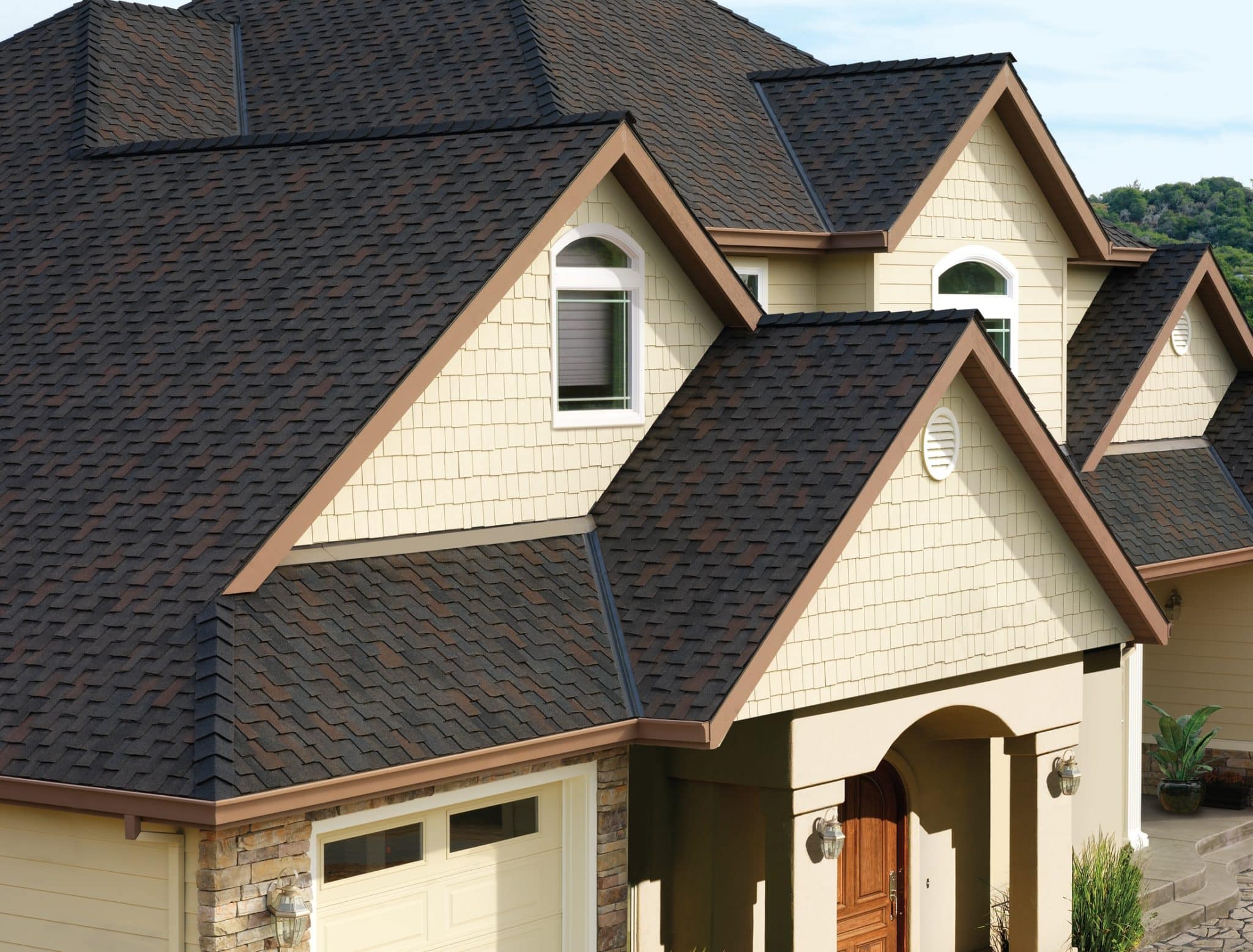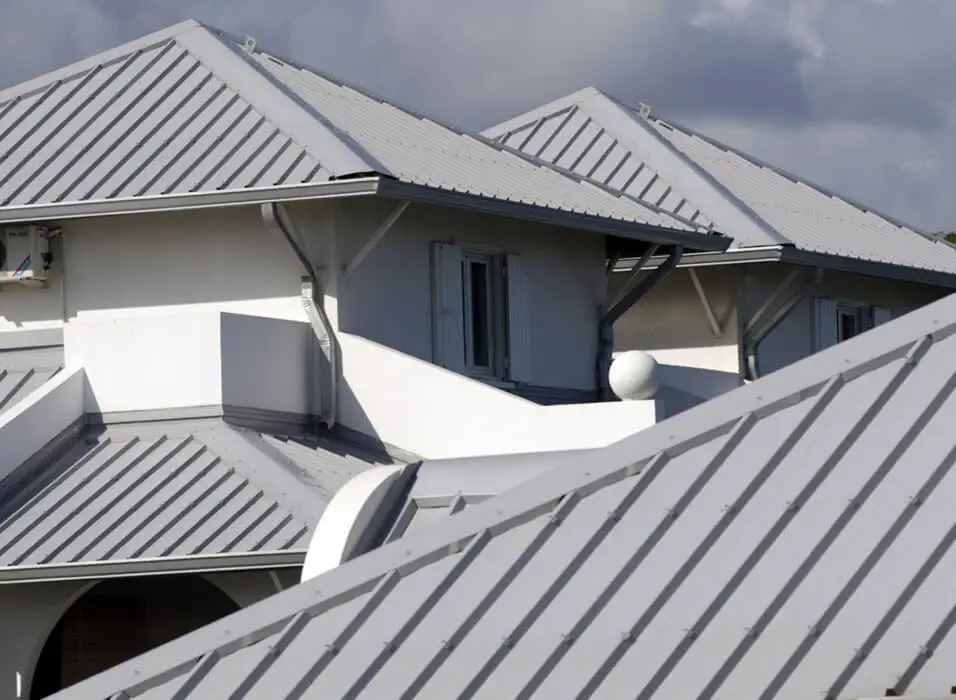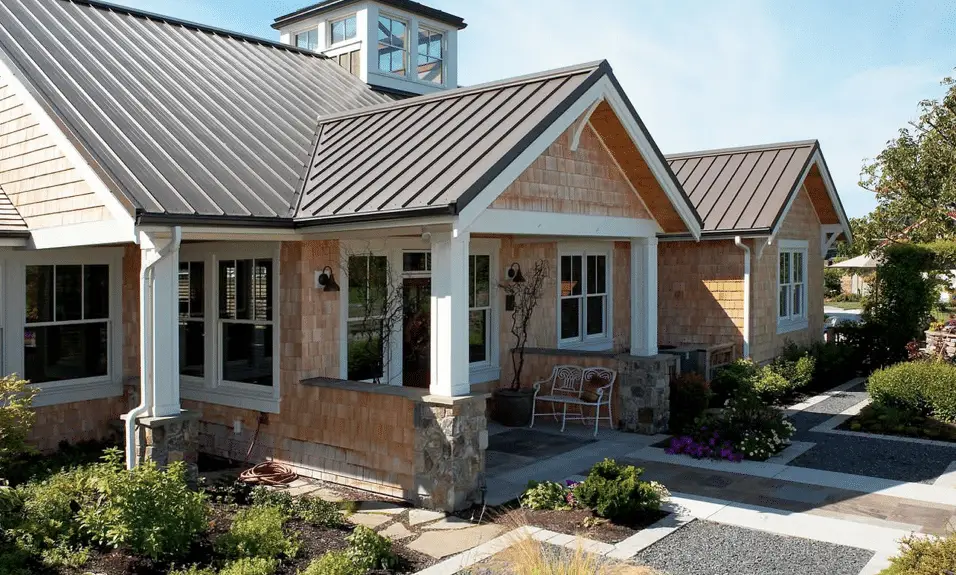What Is The Difference Between Metal Roof And Shingles
Introduction
What Is The Difference Between Metal Roof And Shingles: Two popular choices that homeowners often contemplate are metal roofs and shingles. Both options have their unique advantages and disadvantages, making it crucial to weigh them against your specific needs and preferences. One of the primary factors to consider when selecting a roofing material is its durability and longevity. Metal roofs are renowned for their exceptional durability, often lasting up to 50 years or more. They are also highly resistant to fire, insects, and rot, making them an excellent long-term investment for homeowners.
Asphalt shingles, the most common type, have an average lifespan of 20 to 30 years. Another crucial aspect to consider when deciding between metal roofs and shingles is their aesthetic appeal and versatility. Metal roofs offer a sleek and modern look, often associated with contemporary architectural designs. Additionally, metal roofs can be shaped and formed into various designs, providing versatility in terms of architectural creativity.
As you can see, there are several key differences between metal roofs and shingles, ranging from durability and longevity to aesthetic appeal and versatility. By understanding these distinctions, you can make an informed decision that aligns with your specific requirements and preferences.
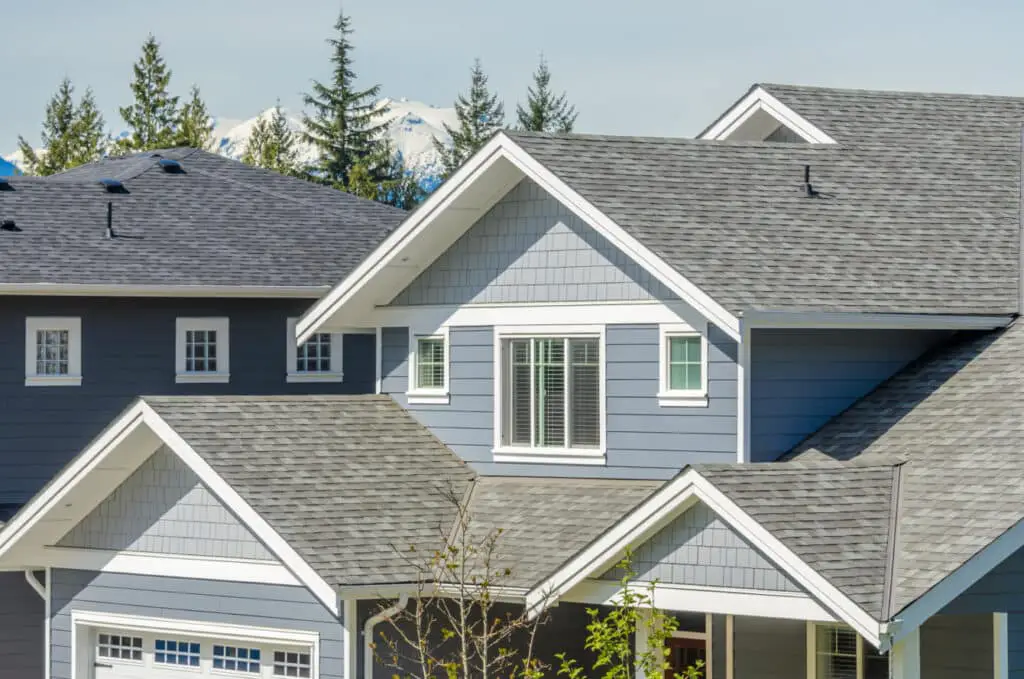
What is the advantage of a metal roof over shingles?
Metal roofing offers significant advantages over shingles in terms of longevity, durability, environmental impact, and aesthetics. The only real advantage of shingles over metal roofing is price. Asphalt shingles are perhaps the least expensive up-front residential roofing option available today.
Introduction:
A metal roof offers several advantages over traditional shingles, making it a popular choice for homeowners. In this article, we will explore the key benefits of a metal roof compared to shingles.
Longevity and Durability:
One of the primary advantages of a metal roof is its exceptional longevity and durability. While shingles typically last around 20 years, a metal roof can easily last 50 years or more with proper maintenance. They are also resistant to fire, rot, and insect damage, ensuring that your investment will stand the test of time.
Energy Efficiency:
Metal roofs are highly energy-efficient, which can lead to significant cost savings over time. This helps to keep your home cooler during hot summer months, reducing the need for excessive air conditioning.
Environmental Sustainability:
Another advantage of metal roofs is their environmental sustainability. Furthermore, metal roofs are energy-efficient, reducing the carbon footprint of your home by decreasing the need for excessive energy consumption.
Design and Aesthetics:
They are available in various colors, finishes, and profiles, enabling you to achieve the desired look for your home.
A metal roof offers numerous advantages over shingles. Its longevity, durability, energy efficiency, environmental sustainability, and design options make it a superior choice for homeowners. By opting for a metal roof, you can enjoy a long-lasting, cost-effective, and visually appealing roofing solution for your home.
What is a metal roof shingle?
So, what is a metal shingle roof? A metal shingle roof replicates the appearance of asphalt shingle, tile shingle or wood shingle roofing. One of the key advantages of metal roof shingles is their durability. In addition to their durability, metal roof shingles offer excellent protection against the elements.
Another advantage of metal roof shingles is their lightweight nature. Compared to other roofing materials, such as concrete tiles or slate, metal roof shingles are much lighter. This makes them easier to install and puts less stress on the structure of the home.
Metal roof shingles are a durable, protective, lightweight, and environmentally friendly roofing option. They offer homeowners the aesthetic appeal of traditional shingles with the added benefits of metal roofing.
What is the difference between roofing shingles?
Roofing shingles are an essential component of any roofing system, providing protection and aesthetic appeal to a building. They come in various types, each with its own unique characteristics and advantages. Understanding the differences between roofing shingles is crucial when selecting the most suitable option for your specific needs.
They come in a wide range of colors and styles, making them a versatile choice for many homeowners. Additionally, asphalt shingles are resistant to fire and wind, providing added protection to the roof.
Metal shingles are another popular option for roofing. They are typically made from steel, aluminum, or copper and offer exceptional durability and longevity. Metal shingles are resistant to fire, rot, and insect damage, making them a low-maintenance choice. They are also lightweight, which reduces the stress on the roof structure. Metal shingles come in various styles, including traditional, slate, and shake, providing a wide range of design options.
Wood shingles or shakes are a classic choice for roofing. They can withstand extreme weather conditions and have a long lifespan when properly maintained. However, wood shingles require regular maintenance, including periodic cleaning and treatment to prevent rot and insect infestation.
Slate shingles are a premium option for roofing. They are fire-resistant, environmentally friendly, and require minimal maintenance. However, slate shingles are heavier than other types, requiring a strong roof structure to support their weight.
Is metal roof heavier than shingles?
You’ll be surprised to learn that a metal roof is, on average, 50% lighter than an asphalt shingle roof, and 75% lighter than concrete tile, fiber cement shakes and slate. With metal roofing, weight on a structure is never an issue.
When it comes to choosing the right roofing material for your home, one of the key factors to consider is the weight. The weight of a roof can have significant implications for the structural integrity of your house, as well as the overall cost of installation and maintenance. In this article, we will explore the question of whether a metal roof is heavier than shingles, providing you with the necessary information to make an informed decision for your roofing needs.
Understanding the weight of metal roofs:
Metal roofs are known for their durability and longevity, but many homeowners wonder if they are significantly heavier than traditional shingle roofs. The weight of a metal roof can vary depending on the type of metal used, as well as the specific design and installation method. Generally, metal roofs are lighter than shingle roofs, making them a popular choice for both residential and commercial properties.
Advantages of lightweight metal roofs:
One of the main advantages of choosing a lightweight metal roof is the reduced stress it puts on the structure of your home. Unlike shingle roofs, which can be quite heavy, metal roofs distribute the weight more evenly, minimizing the risk of structural damage over time. This can be particularly beneficial for older homes or buildings with weaker foundations.
In addition to their lighter weight, metal roofs also offer other advantages. They are highly resistant to extreme weather conditions, such as heavy rain, snow, and high winds. Metal roofs are also fire-resistant, making them a safer option for homeowners concerned about fire hazards. Furthermore, metal roofs have a longer lifespan compared to shingle roofs, which means less frequent replacement and lower maintenance costs in the long run.
Considerations for shingle roofs:
While metal roofs have their advantages, it is important to consider the benefits of shingle roofs as well. Shingle roofs are generally more affordable upfront, making them a popular choice for budget-conscious homeowners. They also come in a wide variety of styles and colors, allowing for greater customization to match the aesthetic of your home.
However, it is worth noting that shingle roofs may require more frequent repairs and replacements compared to metal roofs. They are more susceptible to damage from weather elements and may not offer the same level of durability and longevity as metal roofs. Additionally, shingle roofs can be heavier, which may require additional structural support during installation.
While metal roofs are generally lighter than shingle roofs, the choice between the two ultimately depends on your specific needs and preferences. Consider factors such as budget, durability, maintenance, and aesthetic appeal when making your decision. Consulting with a professional roofing contractor can also provide valuable insights and guidance to help you make the best choice for your home.
Are there 2 types of shingles?
3-Tab Asphalt Shingles
There are three main types of asphalt shingles: 3-tab asphalt. fiberglass asphalt. architectural style asphalt shingles.
Shingles are a popular roofing material that provides protection and aesthetic appeal to residential and commercial buildings. When it comes to shingles, there are indeed different types available in the market. This article aims to explore the question of whether there are two types of shingles or not, providing a comprehensive answer to this query.
Types of Shingles:
Shingles can be broadly categorized into two main types: asphalt shingles and architectural shingles. These two types differ in terms of their composition, appearance, and performance.
Asphalt Shingles:
Asphalt shingles are the most commonly used type of shingles in residential roofing. They are made from a fiberglass mat coated with asphalt and mineral granules. These shingles are known for their affordability, durability, and ease of installation. Asphalt shingles come in various colors and styles, allowing homeowners to choose the one that best suits their preferences and architectural style.
Architectural Shingles:
Architectural shingles, also known as dimensional or laminate shingles, are a premium option compared to asphalt shingles. They are made from multiple layers of asphalt, which gives them a three-dimensional appearance. These shingles are designed to mimic the look of natural materials such as slate or wood shakes, providing a more upscale and visually appealing roofing option. Architectural shingles offer enhanced durability and longevity, making them a popular choice for homeowners seeking a long-lasting and aesthetically pleasing roof.
Other Shingle Varieties:
While asphalt and architectural shingles are the two main types, there are also other shingle varieties available in the market. These include wood shingles, metal shingles, slate shingles, and tile shingles. Each of these types has its own unique characteristics, advantages, and disadvantages. Wood shingles, for example, offer a natural and rustic look but require regular maintenance. Metal shingles, on the other hand, are highly durable and energy-efficient. Slate and tile shingles are known for their longevity and elegance, but they can be more expensive compared to other options.
A metal roof is known for its exceptional durability and longevity. It is designed to withstand harsh weather conditions such as heavy rain, strong winds, and even hail. Metal roofs are also fire-resistant, making them a safe choice for homeowners. Additionally, they are highly resistant to rot, mildew, and insect damage, ensuring a longer lifespan compared to other roofing materials.
There are indeed two main types of shingles:
Asphalt shingles and architectural shingles. However, it is important to note that there are also other shingle varieties available, each with its own set of features and benefits. When choosing the right type of shingles for a roofing project, factors such as budget, durability, aesthetics, and climate should be taken into consideration. Consulting with a professional roofing contractor can help homeowners make an informed decision and ensure the best choice for their specific needs.
Another key characteristic of metal roofs is their energy efficiency. They reflect a significant amount of solar heat, reducing the need for excessive air conditioning during hot summer months. This can lead to lower energy bills and a more comfortable living environment. Metal roofs are also environmentally friendly as they are often made from recycled materials and can be recycled at the end of their lifespan.
In terms of aesthetics, metal roofs offer a wide range of styles and colors to choose from, allowing homeowners to find a design that complements their home’s architecture. They can mimic the appearance of traditional roofing materials such as shingles or tiles, providing a versatile option for any home style.
What are the main characteristics of shingles for roofing?
Shingles are a popular choice for roofing due to their versatility and durability. They are typically made from asphalt, although other materials such as wood, metal, or slate can also be used. One of the main characteristics of shingles is their ability to provide excellent protection against various weather conditions. They are designed to withstand heavy rain, strong winds, and even hail, making them a reliable option for homeowners.
Another important characteristic of shingles is their aesthetic appeal. They come in a wide range of colors, styles, and textures, allowing homeowners to choose a design that complements their home’s architecture. This versatility makes shingles a popular choice for both traditional and modern homes. This makes shingles a cost-effective option in terms of long-term maintenance.
Shingles for roofing offer excellent protection against various weather conditions, provide aesthetic appeal, and are easy to install and maintain. Their versatility and durability make them a popular choice among homeowners looking for a reliable and visually appealing roofing option.
How does the durability of a metal roof compare to that of shingles?
When comparing the durability of a metal roof to that of shingles, it is important to consider various factors. This makes them a reliable choice for homeowners looking for a long-lasting roofing solution.
On the other hand, shingles, which are commonly made from asphalt or fiberglass, offer a decent level of durability but may not match the longevity of metal roofs. While shingles can provide adequate protection for a considerable period, they are more prone to damage from extreme weather conditions. High winds can cause shingles to lift or tear, and heavy rain can lead to water leakage. Additionally, shingles may deteriorate over time due to exposure to UV rays and temperature fluctuations.
Metal roofs generally offer superior durability compared to shingles. They are designed to withstand the elements and can provide reliable protection for several decades. However, it is important to consider other factors such as maintenance, installation quality, and specific environmental conditions when making a decision about roofing materials.
What are the advantages of choosing a metal roof over shingles?
When it comes to choosing between a metal roof and shingles, there are several advantages that make metal roofs a popular choice. Firstly, metal roofs are known for their exceptional durability. They can withstand extreme weather conditions such as heavy rain, strong winds, and even hail, without getting damaged. This durability ensures that a metal roof can last for several decades, often outlasting shingles by a significant margin.
Another advantage of metal roofs is their low maintenance requirements. Unlike shingles, which may need regular inspections and repairs, metal roofs are relatively maintenance-free. They do not rot, crack, or warp like shingles, reducing the need for frequent repairs or replacements. This not only saves homeowners time and effort but also reduces long-term maintenance costs.
Additionally, metal roofs offer superior energy efficiency compared to shingles. They reflect a significant amount of solar heat, keeping the interior of the house cooler during hot summer months. This can lead to reduced energy consumption for cooling purposes, resulting in lower utility bills. Furthermore, metal roofs are often made from recycled materials and can be recycled again at the end of their lifespan, making them an environmentally friendly choice.
In terms of cost, which option is typically more affordable, a metal roof or shingles?
When it comes to the cost comparison between metal roofs and shingles, several factors need to be considered. Initially, the upfront cost of shingles tends to be lower than that of metal roofs. Shingles are widely available and come in various price ranges, making them a more affordable option for homeowners on a tight budget. However, it is important to note that shingles have a shorter lifespan compared to metal roofs, which can result in higher long-term costs.
On the other hand, while metal roofs may have a higher initial cost, they offer significant cost savings in the long run. Metal roofs are known for their exceptional durability and longevity, often lasting two to three times longer than shingles. This extended lifespan translates into reduced maintenance and replacement costs over time. Additionally, metal roofs are highly energy-efficient, reflecting sunlight and reducing cooling costs during hot summer months.
While shingles may be initially more affordable, metal roofs prove to be a cost-effective choice in the long term. Their durability, longevity, and energy efficiency contribute to lower maintenance and replacement expenses, making them a wise investment for homeowners seeking a roofing option that balances cost and quality.
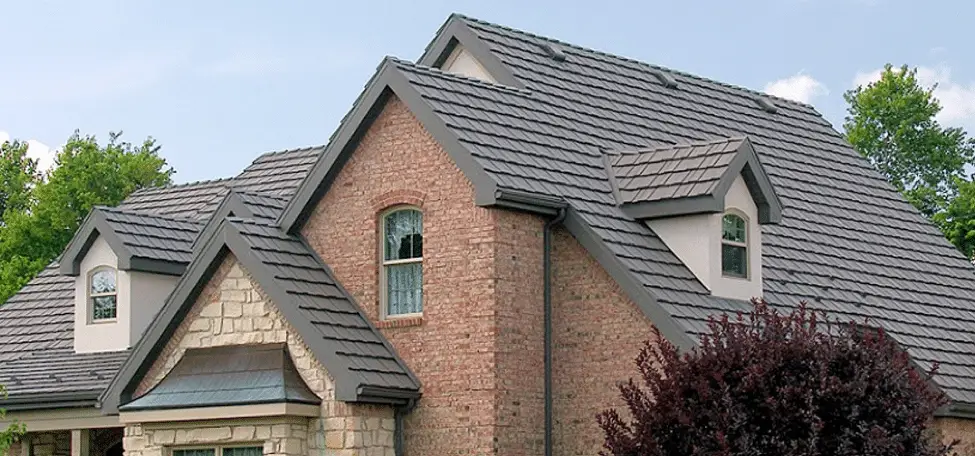
Conclusion
After thoroughly examining the array “”what is the difference between metal roof and shingles,”” it is evident that there are several key distinctions between these two roofing materials. This conclusion aims to summarize the main points discussed and provide a comprehensive understanding of the topic.
Firstly, it is important to note that metal roofs and asphalt shingles differ significantly in terms of durability and lifespan. Metal roofs are known for their exceptional longevity, often lasting up to 50 years or more with proper maintenance. On the other hand, shingles typically have a lifespan of around 20 to 30 years. This stark contrast in durability makes metal roofs a more cost-effective option in the long run, as they require fewer replacements and repairs over time.
Secondly, the array highlights the dissimilarities in terms of maintenance and upkeep between metal roofs and shingles. Metal roofs are relatively low-maintenance, requiring minimal attention and upkeep. They are resistant to rot, insect damage, and mildew, making them an ideal choice for homeowners seeking a hassle-free roofing solution. Conversely, shingles demand regular maintenance, including periodic inspections, repairs, and replacements. This higher maintenance requirement can result in additional costs and time investment for homeowners.



